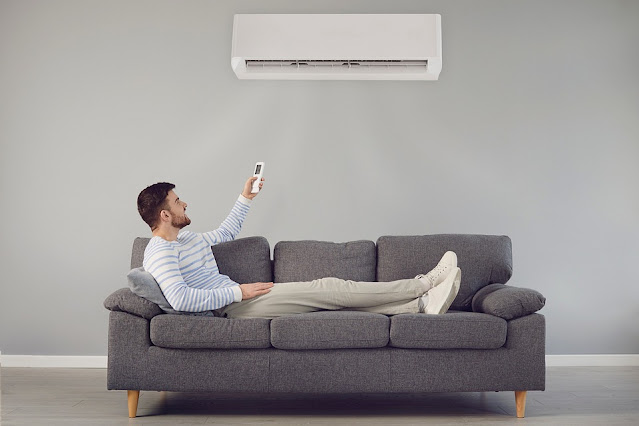Indoor air quality can have a significant impact on our health, especially when it comes to allergies. Allergies are a common health problem that affects many people around the world. In this article, we will discuss the link between indoor air quality and allergies and what you need to know to improve your indoor air quality and reduce the risk of allergies.
Table of Contents
What are allergies?
Allergies are a reaction of the immune system to a foreign substance that is typically harmless, such as pollen, dust mites, or pet dander. When the immune system encounters these substances, it overreacts, causing a range of symptoms such as sneezing, runny nose, itchy eyes, and skin rashes. Allergies can be seasonal or year-round, depending on the type of allergen and the individual’s sensitivity to it.
Causes of allergies
Allergies can be caused by various factors, including genetics, environmental factors, and lifestyle choices. Exposure to allergens in the environment, such as pollen, dust mites, and pet dander, can trigger an allergic reaction in susceptible individuals. Other factors that can contribute to allergies include poor diet, stress, and lack of exercise.
Indoor air pollutants and their effects on allergies
Indoor air pollutants are one of the leading causes of allergies and other respiratory problems. These pollutants can include dust mites, pet dander, mold spores, volatile organic compounds (VOCs), and other airborne particles. When these pollutants accumulate in indoor air, they can trigger allergies and other respiratory symptoms, including asthma.
Common indoor air pollutants
Some of the most common indoor air pollutants include:
- Dust mites
- Pet dander
- Mold and mildew
- Volatile organic compounds (VOCs)
- Tobacco smoke
- Carbon monoxide
- Radon
- Nitrogen dioxide
Ways to improve indoor air quality and reduce allergies
Improving indoor air quality is essential for reducing the risk of allergies and other respiratory problems. We asked Taylor Heating & AC, who provide services for indoor air quality puyallup for some ways to improve indoor air quality:
Natural ways to improve indoor air quality
- Keep indoor plants to purify the air naturally.
- Open windows and doors to allow fresh air to circulate.
- Use natural cleaning products that do not contain harsh chemicals.
- Keep the house clean and free of clutter.
- Control humidity levels to prevent mold growth.
Air purifiers and their benefits
Air purifiers are an effective way to improve indoor air quality and reduce the risk of allergies. They work by filtering out airborne particles, including dust mites, pet dander, and mold spores, from the air. Some air purifiers also use UV-C light to kill bacteria and viruses, making the air cleaner and healthier to breathe.
Importance of regular HVAC maintenance
Regular HVAC maintenance is crucial for maintaining good indoor air quality. HVAC systems can accumulate dust and other airborne particles, which can contribute to allergies and other respiratory problems. Regular maintenance, including changing air filters and cleaning air ducts, can help improve indoor air quality and reduce the risk of allergies.
Common mistakes to avoid when improving indoor air quality
When it comes to improving indoor air quality, there are some common mistakes that people make. These include:
- Using scented candles and air fresheners, which can release VOCs into the air.
- Ignoring moisture problems, which can lead to mold growth.
- Overusing humidifiers, which can promote mold growth and worsen allergies.
- Failing to properly ventilate the house, which can trap pollutants indoors.
Conclusion
Improving indoor air quality is essential for reducing the risk of allergies and other respiratory problems. By reducing indoor air pollutants and improving ventilation, you can create a healthier indoor environment for you and your family. Natural methods, such as keeping indoor plants, using natural cleaning products, and controlling humidity levels, can be effective in improving indoor air quality. Air purifiers and regular HVAC maintenance can also be helpful. By avoiding common mistakes, you can improve indoor air quality and reduce the risk of allergies and other respiratory problems.
